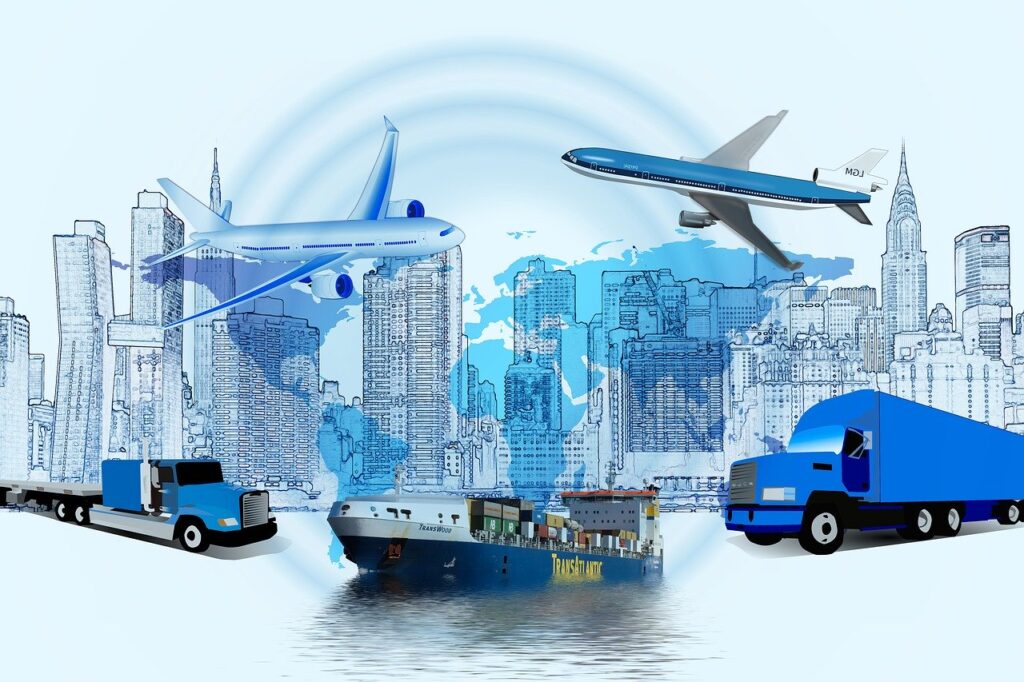The Role of 5PL in the Future of Logistics

Third-party logistics, or 3PL, have been around for awhile. Some in the industry might also have heard of the natural successor, the 4PL. What might not be quite so familiar is 5PL, which represents a sophisticated next-step in terms of efficiency and scalability.
It’s practices like these which have made possible to modern world of logistics, with all of its affordable shipping, frictionless trade, and next-day, and same-day delivery services. Without them, it’s fair to say that modern e-commerce wouldn’t be possible.
What is 5PL?
Let’s define a few of the steps along the way to 5PL. Third-party logistics involves bringing a third party in to deal with your shipping needs. The third party might deal with order processing, inventor management, and shipping, right up to the last mile.
3PL has been around as a term for around five decades, but it’s more recently been supplemented by two newer trends, whose emergence can mostly be put down to technological changes in the industry.
A fourth-party logistics specialist is a business that works alongside various 3PL firms, acting as an intermediary between them and ensuring that the complex machine works as it should, producing the outcomes that it should at a reasonable cost. This allow the various 3PL entities to specialise at various stages along the supply chain. 4PLs will manage risk throughout the supply chain, and provide a single point of contact to the client.
A 5PL tends to take an approach that goes a stage further, relying heavily on technology to produce superior outcomes. They tend to focus on eCommerce companies which lack any warehousing of their own.
The pros and cons of 5PL
A 5PL will offer tremendous convenience to companies that don’t want to deal with logistics. This is the primary upside to working with one of them. For this reason, technology-driven businesses which focus on digital services and automation will tend to benefit most from working with 5PLs.
On the other hand, a 5PL doesn’t actually have any hands on deck when it comes to the supply chain itself. They’ll tend to work from offices, which might be a disadvantage for certain kinds of company, especially if there’s a possibility that something might go wrong, and the packages being shipped are high-value.
Why 5PL might grow
There’s reason to suppose that 5PL will be more than just a flash in the pan. It’s gotten the most traction in Europe, but it’s catching on across Asia, too. Anywhere digital services are flourishing, and traditional manufacturing and retailing models are being digitised, we might expect to see more 5PL. Technologies like blockchain, internet-of-things, and artificial intelligence are all likely to fuel the rise of 5PL.





